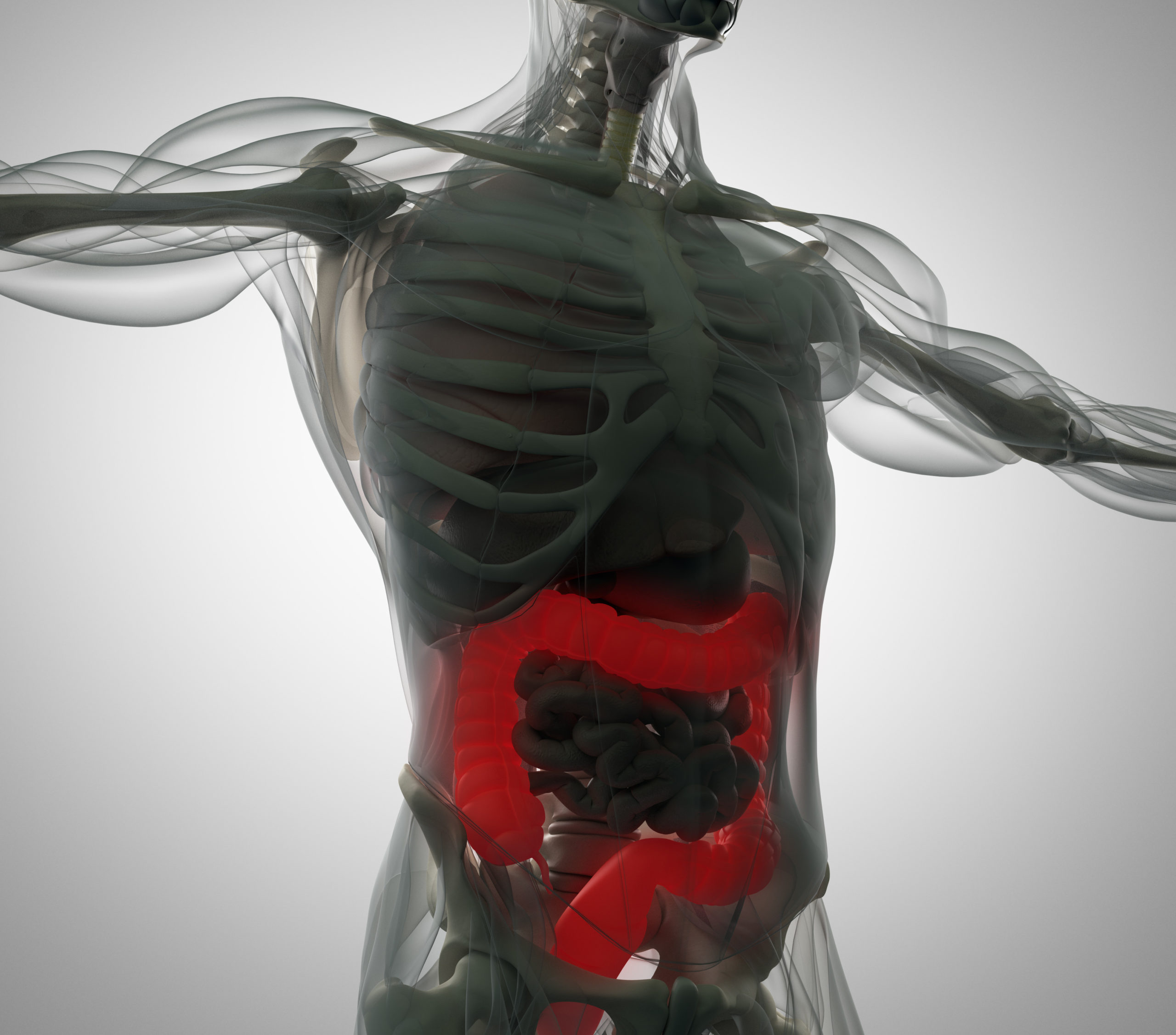What is Diverticulitis?
Diverticulitis is the infection and inflammation of small pouches or bulges, called diverticula, along the walls of the colon. Most commonly found in the sigmoid colon, the narrowest part of the large intestine, diverticula formation is increasingly common. The presence of diverticula is diverticulosis and is not well-known due to mild symptoms.
Diverticulosis is relatively benign. Most individuals who develop the condition are unaware because there are few symptoms, most of which are painless. Individuals with diverticulosis experience symptoms such as gas, cramping, bloating or upset stomachs. People frequently overlook the situation, attributing it to something they ate.
Although diverticulosis is uncommon under the age of 40, according to Harvard Health, one third of Americans develop diverticulosis by the time they reach their 60’s and two thirds by the time they are 85. That’s a large number of people developing a condition many have never heard of.
Awareness of diverticulosis is important, because progression to diverticulitis can become serious and require immediate attention. Diverticulitis can range from a small abscess, to infection, to bowel perforation. As the diverticula become inflamed and irritated, the symptoms, such as severe pain, fever, nausea and loss of appetite, begin to worsen.
Diverticulitis can be acute or chronic. Some individuals only experience a flare up here and there, and for some, the symptoms
and pain never completely subside. If left untreated, diverticulitis can lead to scarring, fistulas and severe bleeding.
How can I prevent diverticulitis?
The good news is that diverticulitis is largely preventable if caught in the early stages, according to Mayo Clinic. Unfortunately, since these conditions are not commonly known, many people find out when the diverticula are already inflamed.
Often, individuals who find diverticulosis before it progresses are at the doctor for other reasons, such as getting a colonoscopy. According to Medline Plus, the recommended tests for diverticulosis diagnosis are an abdominal and pelvic CT scan, a colonoscopy or a lower GI series.
The formation of diverticula is new to the United States and is very uncommon in developing countries. This is due to the primary cause being a poor diet lacking in dietary fiber. According to Harvard Health, diverticulosis and diverticulitis are “conditions of western civilization.” Other causes are an inactive lifestyle and high consumption of fat and red meat.
Dietary fiber has the ability to relieve constipation, and is found in fruits, vegetables, legumes and whole grains. The American Heart Association recommends 25-30 grams of fiber in a healthy daily intake. Fiber draws water into the feces, preventing constipation and relieving stress on the colon. This is important in preventing diverticula because the pouches are created when the colon is forced to contract and work with extra force. This pressure on colon walls is worst at the narrowest point of the colon, the sigmoid where diverticula are most common.
Prevention for diverticulosis includes an active lifestyle and a high-fiber diet. Not everyone who develops diverticulosis gets diverticulitis, but for those who do, treatment includes antibiotics for inflammation and often bowel rest with a liquid diet.
by Caroline Strogis

